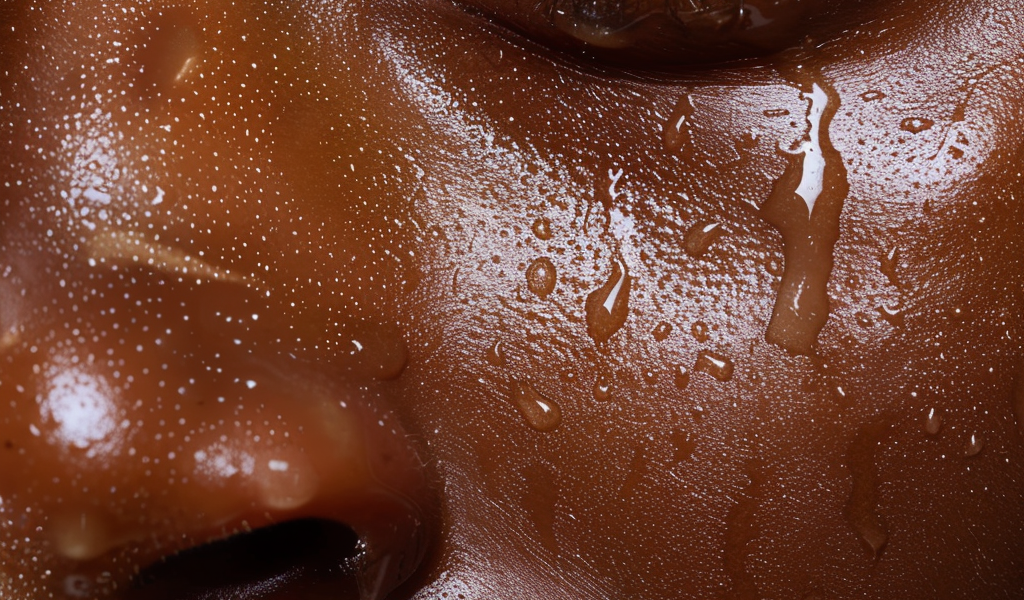Penis cancer is a rare but concerning health issue that is on the rise globally, with experts warning of a significant increase in cases by 2050. While historically more prevalent in developing countries, the incidence of penis cancer is now also rising in many European nations, attributed in part to aging populations.
Individuals over the age of 50 face a higher risk of developing penis cancer, with factors such as a tight foreskin, poor genital hygiene, and smoking being identified as additional risk factors. Interestingly, individuals who have undergone circumcision at birth have a lower likelihood of developing this form of cancer.
The vast majority of penis cancers are linked to squamous cells in the skin, accounting for over 90% of cases. While other types of malignancies such as melanoma or basal cell carcinoma are less common, human papillomaviruses (HPV) have been found in approximately half of squamous cell cancer cases.
HPV, a sexually transmitted infection, is highly prevalent in the population, with over 70% of sexually active adults likely to contract the virus at some point. Despite often being asymptomatic and resolving on their own, HPV infections can persist beneath the skin surface, leading to potentially pre-malignant changes in the skin texture and color of the penis.
Particularly concerning is the role of HPV 16, a high-risk type of HPV that can trigger malignant transformations in various tissues, including those of the penis. Fortunately, HPV vaccines have shown efficacy in reducing cancer rates associated with this virus.
As cases of penis cancer continue to rise worldwide, it is crucial for individuals to be aware of the risk factors associated with this disease and to prioritize preventive measures such as good genital hygiene and avoiding tobacco use. Regular health check-ups and vaccination against HPV can also play a significant role in reducing the incidence of this form of cancer.





